Edgar Allan Poe Stories That Were Made Into Movies
Edgar Allan Poe was a literary mastermind. Many of his stories and poems were made into movies, although most aren’t that faithful to his texts and instead are just inspired by them.

Although the first horror novel was probably Mary Shelley’s 1818 Frankenstein, the legendary canon of Baltimore-based writer Edgar Allan Poe (1809-1849) clearly qualifies him as the father of modern horror. The gloomy hauntings and morbid murders and terrifying resurrections and insane torture devices and haunted houses and mysterious body doubles and killer pandemics that populate his stories have become staples of horror films to the point where it would not be inaccurate to say that Poe has had more of an effect on the genre than anyone else in history. Roger Corman, the “King of the B-Movies,” made eight films based on Poe stories in the early and mid-1960s that built his film empire.
Since Poe’s works were already in the public domain by the time that motion pictures were invented, his stories have led to literally hundreds of cinematic adaptations, the roaring majority of which bear very little resemblance to the source material. For example, although 1934’s The Black Cat starring Bela Lugosi and Boris Karloff openly claims to be “based” on the Poe story, the only similarity it has to the original is a black cat. Otherwise, the specifics of the plot are entirely different.
What follows is a list that summarizes Poe’s short stories and poems, then describes the cinematic renderings that drew inspiration from the originals.
“Morella” (1835)

A narrator marries Morella, a woman who spends her time in bed reading philosophical books. Morella slowly deteriorates and then dies giving birth to a daughter. As the girl gets older, the narrator realizes how much she resembles her mother.
Poe’s story formed the basis for the 1990 horror film The Haunting of Morella starring David McCallum and Nicole Eggert. The locale is changed to colonial America, where a woman is put to death as a witch. When Morella’s daughter is all grown up, she seeks to return to life by inhabiting her daughter’s body. Critics panned the film for what they saw as gratuitous topless scenes. Variety wrote: “The Haunting of Morella has it all. But that’s still not enough to give this predictable dull rendering of an Edgar Allan Poe tale much life at the box office.”
“Ligeia” (1838)

The narrator marries the beautiful and raven-haired Ligeia but does not remember how they met. Ligeia eventually dies, so the narrator moves on and marries another woman whom he does not love. This woman eventually dies, too, but when she is revived, she bears an uncanny resemblance to his true love, Ligeia.
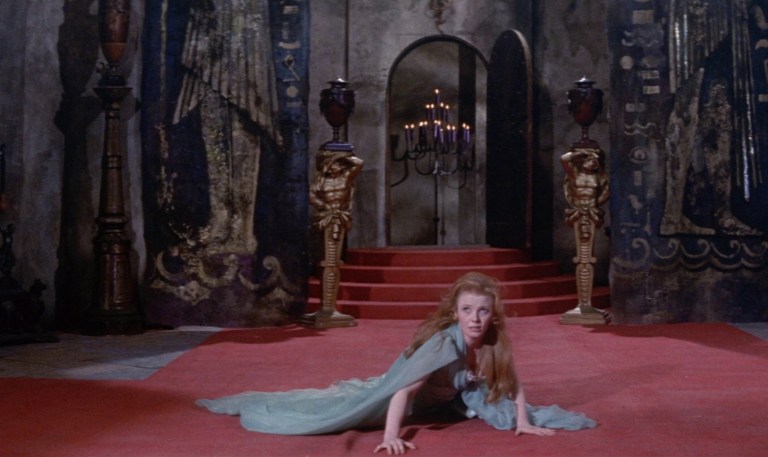
Roger Corman directed 1964’s The Tomb of Ligeia starring Vincent Price as Verden Fell and Elizabeth Shepherd in the dual roles of Ligeia and Rowena Trevanion. Price, who was 53 at the time, portrayed a character that was supposed to be 25-30 years old. “Ligeia” was the basis of the 2009 film The Tomb, which was also released as Edgar Allan Poe’s Ligeia.
“The Fall of the House of Usher” (1839)
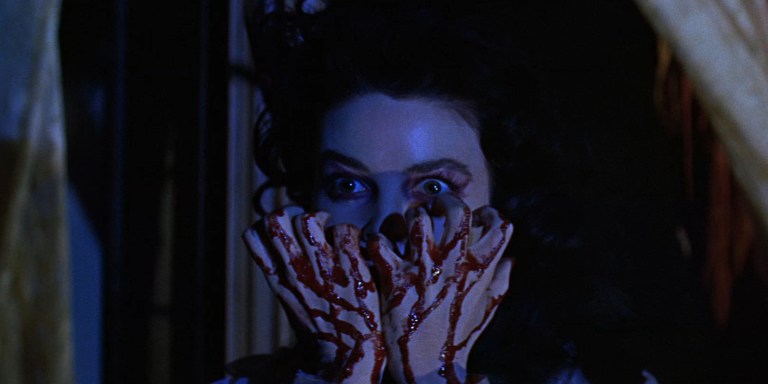
Often considered Poe’s masterwork and one of the original “creepy haunted house” stories. A friend receives an invitation from Roderick Usher to come see him at his crumbling mansion out near a remote swamp.
The Fall of the House of Usher was one of Poe’s most adapted short stories, with at least 12 film versions made. The first two were silent films both released in 1928—a dreamlike 13-minute American version and French director Jean Epstein’s feature-length La chute de la maison Usher, which had a screenplay by surrealist master Luis Buñuel.
Perhaps the best-known adaptation was 1960’s The House of Usher, the first of eight Roger Corman movies that were based on Poe’s stories. This version has been listed with the National Film Registry as “culturally, historically, or aesthetically significant.”
Other takes on Poe’s classic story include a 1989 British version starring Oliver Reed, a 2002 arthouse comedy by director Ken Russell, and a 2008 queer retelling by director David DeCoteau. Netflix also made an eight-part series based on “The Fall of the House of Usher” starring Frank Langella, Carla Gugino, and Mark Hamill.
“William Wilson” (1839)
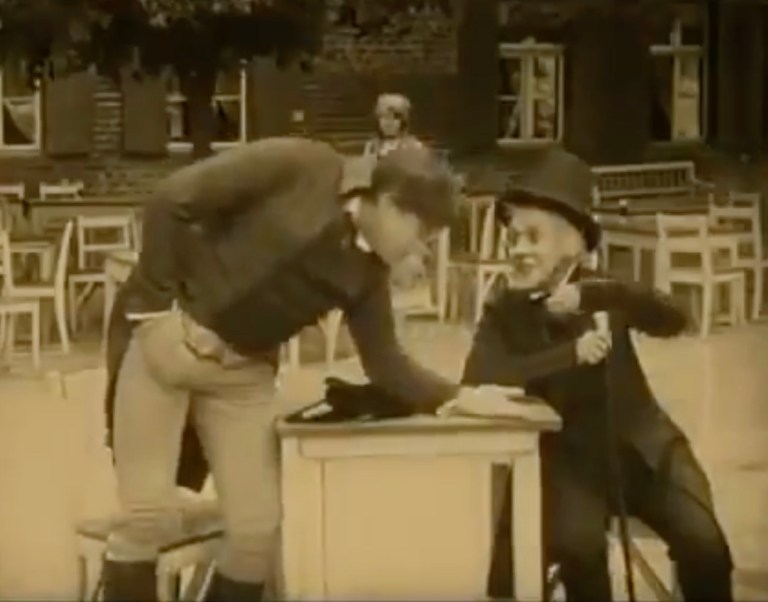
Very similar to Dostoevsky’s 1846 novel The Double in that it involves a man, William Wilson, who has been tormented since childhood by a doppelgänger with the same name. When he finally decides to kill the other William Wilson, will he find out to his horror that he’s really killed himself?
The 1913 German silent film Der Student von Prag (The Student of Prague) is based on “William Wilson” and is thought to be the first art film ever made. It was produced by and stars Paul Wegener seven years before he would star in the German horror classic Der Golem. It was remade in 1926 in Germany with the same title but starring Conrad Veidt in the title role. A 21-minute film called William Wilson, directed by Michael Van Devere, was produced in 2011.
“The Haunted Palace” (1839 poem)
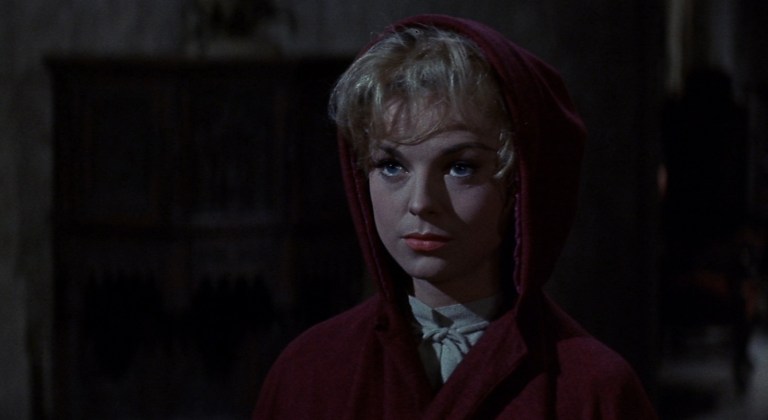
A 48-line poem about a king who dreads that evil forces will overtake and consume him and his castle. His fears become validated when everything in his life is destroyed and everyone in his family become ghosts.
In 1963, Roger Corman adapted the poem into a feature-length movie starring Vincent Price, Debra Paget, and Lon Chaney. The plot was altered into the story of a man who finally visits the house he inherited from a family member who died a century ago.
“The Murders in the Rue Morgue” (1841)
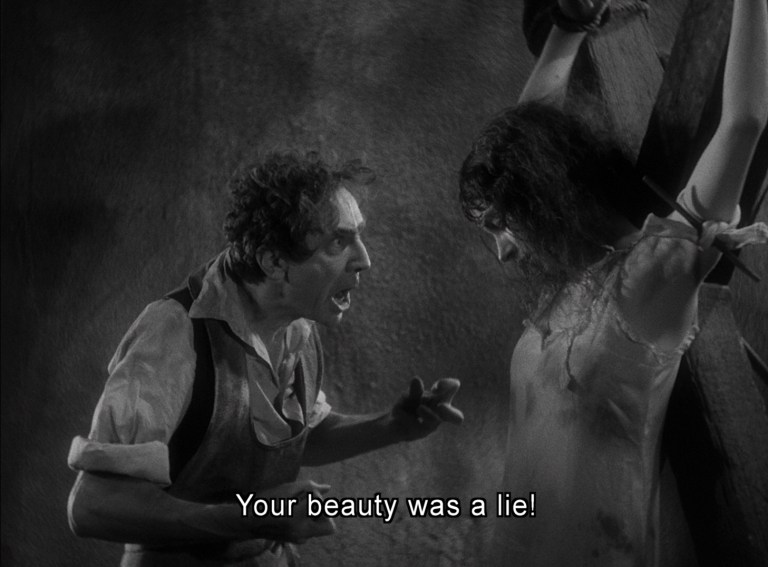
After a double murder happens in the Rue Morgue, a private detective decides he can solve the mystery quicker than the inept and slow-moving Paris police. He breaks the case when he starts to consider that the killer may not be human.
The most successful cinematic adaptation of Poe’s story—although it bears very little resemblance plot-wise beyond the title—is the 1932 version starring Bela Lugosi. As the mad scientist Dr. Mirakle, Lugosi kidnaps young women and injects them with ape blood in an attempt to prove that humans and other primates are biologically compatible, but each experiment ends in failure.
The first version of Poe’s story to be adapted into a film was the 1908 silent movie Sherlock Holmes in the Great Murder Mystery, in which Poe’s detective C. Auguste Dupin was swapped out for Arthur Conan Doyle’s famed detective. Other versions include 1954’s Phantom of the Rue Morgue, a 1971 Murders in the Rue Morgue where the killings take place in a Grand Guignol-type theater, and a 1986 TV movie for CBS starring George C. Scott and Rebecca de Mornay.
“The Masque of the Red Death” (1842)
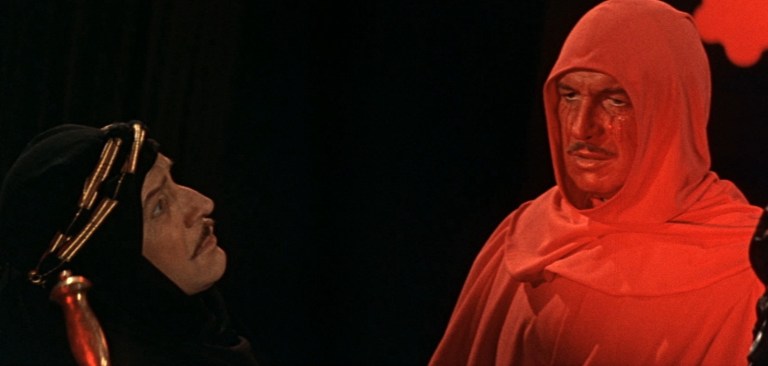
With a bloody pandemic rolling throughout the countryside, a decadent prince invites his friends to a party in his sealed-off castle, with each room decorated a single festive color. But then the revelers realize to their terror that no one is ever truly safe from death.
Some have speculated that The Shining, due to its theme of dread and being stuck in a giant dwelling, was partially based on “The Masque of the Red Death.”
The best-known film version is 1964’s The Masque of the Red Death by director Roger Corman and starring Vincent Price as the corrupt and debauched Prince Prospero. A reviewer for The New York Times wrote, “The film is vulgar, naive and highly amusing, and it is played with gusto by Mr. Price, Hazel Court and Jane Asher … On its level, it is astonishingly good.” Corman would go on to produce a 1989 version of Masque of the Red Death.
The earliest known adaptation is the 1923 German film Die Pest in Florenz (A Plague in Florence), written by Fritz Lang and incorporating themes of sexual debauchery and a resultant pandemic. The silent 1923 Russian production A Spectre Haunts Europe adds revolutionary communist elements to what was formerly a horror story set in medieval Italy.
“The Mystery of Marie Roget” (1842)
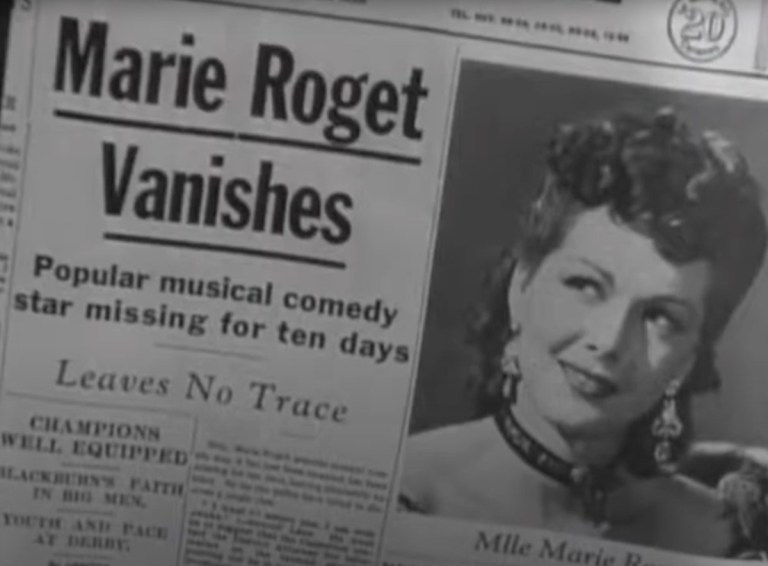
Detective Dupin—the same character used in “Murders in the Rue Morgue”—is tasked to solve a woman’s murder. But although names were changed and the locale was moved to Paris, the story is based on a real-life murder that occurred in New York in 1841.
The only known cinematic version was released exactly 100 years after the story was written—1942’s The Mystery of Marie Roget starred Patric Knowles as Detective Dupin, who investigates the murder of a young actress named simply Marie (Maria Montez). It was produced by Universal Pictures and set in Paris in the year 1889. In The New York Times, film critic Bosley Crowther called it a “dreary, aimless film, devoid of logic or excitement or even a shadows of suspense.”
“The Pit and the Pendulum” (1843)

During the Spanish Inquisition, an unnamed narrator is sentenced to death and placed in a torture chamber, where his overseers psychologically torment him. He must struggle for sanity and survival while being threatened with either falling into a deep, dark pit or being sliced into two by a swinging blade.
As with so many cinematic adaptations of Poe’s stories, the best-known was by director Roger Corman and starring Vincent Price. The Pit and the Pendulum (1961) was billed as “The Greatest Terror Tale Ever Told!” and, after The Fall of the House of Usher, was the second of Corman’s eight retellings of Poe stories. The film was thought to have a tremendous stylistic influence on Dario Argento’s 1976 giallo film Deep Red. Corman admitted that the screenplay veered strongly from Poe’s original story: “The method we adopted on The Pit and the Pendulum was to use the Poe short story as the climax for a third act to the motion picture…because a two-page short story is not about to give you a ninety-minute motion picture. We then constructed the first two acts in what we hoped was a manner faithful to Poe, as his climax would run only a short time on the screen.”
The earliest known film adaptation of the story was a 1910 silent Italian short that appears to be lost to history. The story was also made into a short 1913 French silent version. A 1967 German horror film called Die Schlangengrube und das Pendel (The Snake Pit and the Pendulum) was released in various English versions as Torture Chamber of Dr. Sadism, The Blood Demon, and Castle of the Walking Dead. A 2009 Pit and the Pendulum by director David DeCoteau incorporated gay themes into Poe’s classic story.
“The Tell-Tale Heart” (1843)
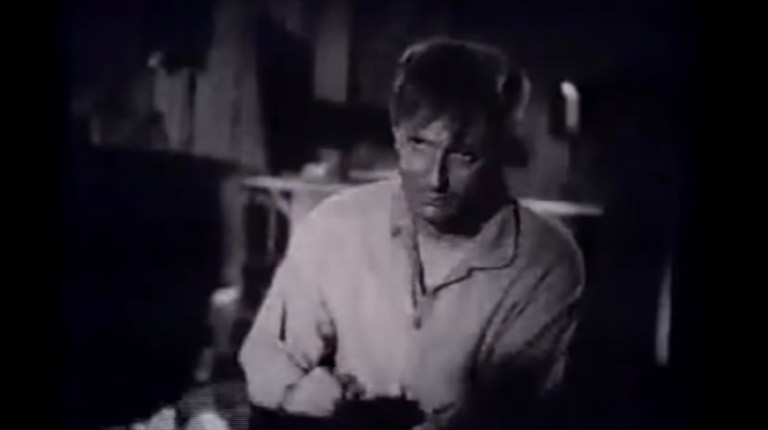
A study in psychological guilt. The narrator devises a “perfect” plan to kill an elderly man. But even after the murder, he is tortured by the sounds of a heart beating.
The best-known film version was the 20-minute 1941 black-and-white American production directed by Jules Dassin and starring Joseph Schildkraut as “Young Man” and Roman Bohnen as “Old Man.” In TIME magazine, critic Richard Corliss noted that it seemed to have been stylistically influenced by Orson Welles’s Citizen Kane, which was released the same year.
The first known “talkie” version of “The Tell-Tale Heart” was a 1934 British version in which a bullied servant buries his abusive master under the floorboards. Poe’s story was also made into a 1953 short animated version and a 2014 Moldavian film called Insaana.
“The Black Cat” (1843)
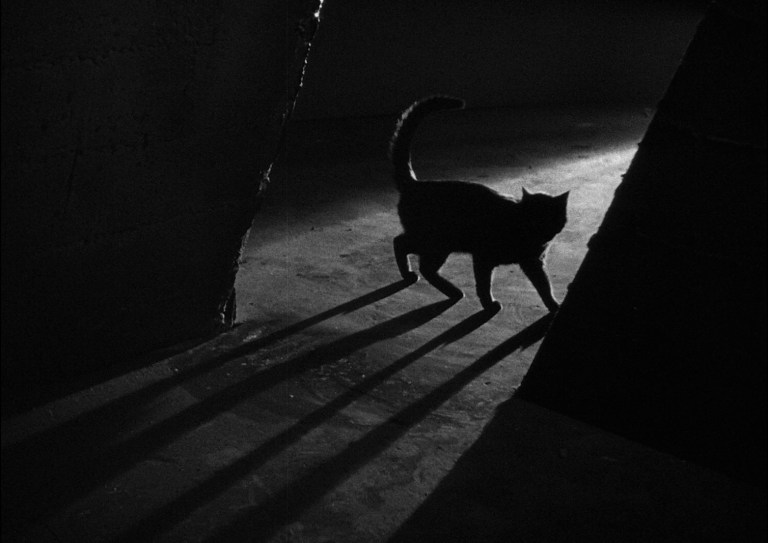
An alcoholic narrator’s favorite pet is a black cat who winds up scratching him one night; he responds by cutting its eye out and hanging it from a tree. When he tries to kill a second black cat with an axe, his wife stops him, leading him to murder his wife and hide her body behind a brick wall in the basement.
The first adaptation of “The Black Cat” came in 1919 with the silent German anthology Unheimliche Geschichten. But the most enduring is 1934’s The Black Cat starring Bela Lugosi and Boris Karloff (billed only as “Karloff”) in the first of their eight cinematic pairings. Lugosi stars as Vitus Verdegast, an ex-prisoner of war who is deeply bitter toward Hjalmar Poelzig (Karloff), a Satan-worshipping architect that Verdegast blames for his many misfortunes. Along with a pair of American honeymooners, Verdegast takes refuge in Poelzig’s castle, which houses a black cat that instills morbid fear in him. But when he kills the first black cat, another appears.

“The Black Cat” would also be adapted in a 1941 horror comedy revolving around a greedy family that’s waiting for the matriarch to die so they can get her interitance, a 1966 version focusing on a mentally ill man who believes his cat is demon-possessed, and a 1981 retelling that involves a psychic professor who uses his mental powers to wreak vengeance against his enemies through his pet black cat. Poe’s story would also be loosely adapted into the sexed-up 1972 Italian giallo film called Your Vice Is a Locked Room and Only I Have the Key.
“The Oblong Box” (1844)

When an artist boards a ship along with his new bride, his two sisters, and a mysterious box, the narrator becomes obsessed with finding out what the box contains.
The story was made into a 1969 British horror film starring Vincent Price and Christopher Lee. As in many such Poe “adaptations,” the plot bears almost no resemblance to the original story. Set in 1865, the film casts Price as the brother of a man who was grossly disfigured during an African voodoo ceremony. A reviewer for Variety wrote, “Price as usual overacts, but it is an art here to fit the mood and piece and as usual Price is good in his part.”
“The Premature Burial” (1844)
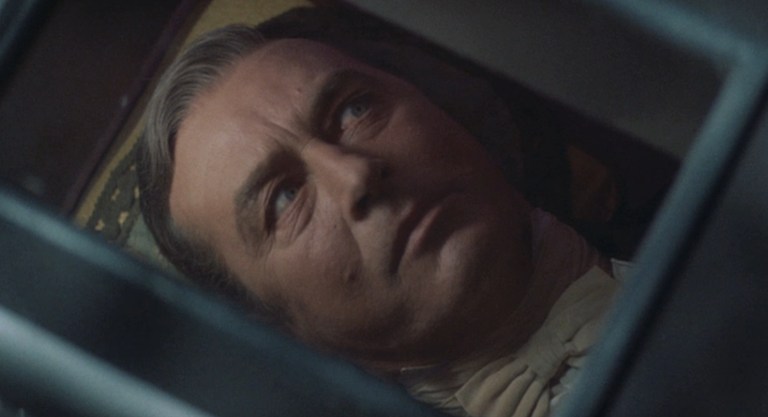
After researching several cases of premature burials, the narrator develops a morbid dread of it happening to him. Almost as if by auto-suggestion, he develops catalepsy and temporarily believes he’s been prematurely buried.
The most famous adaptation of “The Premature Burial” was 1935’s The Crime of Dr. Crespi starring Eric von Stroheim in the title role as a physician who develops an intensely jealous hatred for another doctor who married his former girlfriend. He injects his romantic rival, Dr. Steven Ross (John Bohn), with a drug that mimics death but leaves the victim with all of his senses. When Ross is exhumed for an autopsy, he comes alive on the table. The New York Times criticized the film as “an almost humorously overstrained attempt at grimness.”
Roger Corman’s 1962 The Premature Burial stars Ray Milland in the role of a man obsessed with a morbid dread of catalepsy who marries the woman he loves, only for his fears to be made manifest at the hands of his wife.
“The Facts in the Case of M. Valdemar” (1844)

The unnamed narrator becomes obsessed with the idea of hypnotizing a patient who is near death. He convinces his friend, M. Valdemar, to allow him to hypnotize him. Seven months after hypnotizing him, he attempts to revive the body, but it turns into liquid when he touches it.

The only known film adaptation of the story is 1990’s Two Evil Eyes, co-directed by George A. Romero and Dario Argento and originally released in Italy as Due occhi diabolici. The film is split into two stories, and Romero’s segment updates Poe’s story to modern Pittsburgh, where Jessica Valdemar is suspected of wrangling funds from her 65-year-old husband, Ernest Valdemar. Her husband’s “corpse” gets buried in the basement of their mansion, but it is in fact alive and under deep hypnosis. A reviewer for the Washington Post said that Romero’s segment was inferior to Argento’s and accuses Romero of going for “the cheap, linear approach.”
“The System of Dr. Tarr and Professor Fether” (1845)
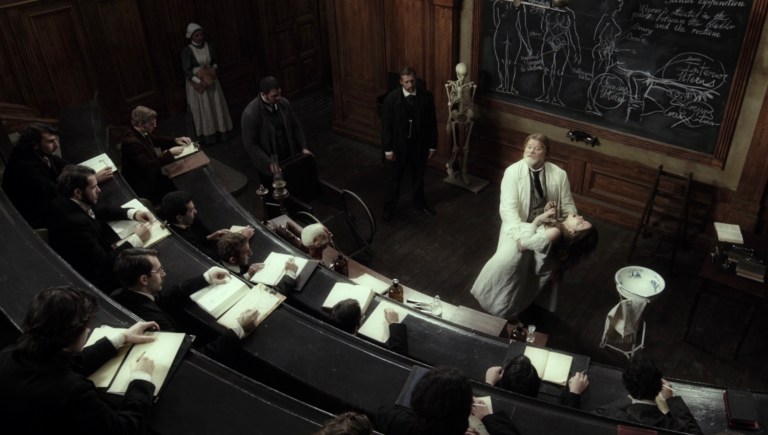
Traveling through the French countryside, the narrator decides to visit a “madhouse” where the patients are receiving a new form of treatment. Not so much a horror story as it is a compassionate view of mental illness.
The 2014 film Stonehearst Asylum is loosely based on Poe’s story and stars Jim Sturgess as an Oxford graduate who accepts a job at an asylum, only to discover that its “revolutionary” treatments are terrifyingly cruel. A reviewer for Film Journal International wrote, “While the film lacks the macabre humor of the original story, it does an excellent job of conveying the creeping horror of Victorian medicine.”
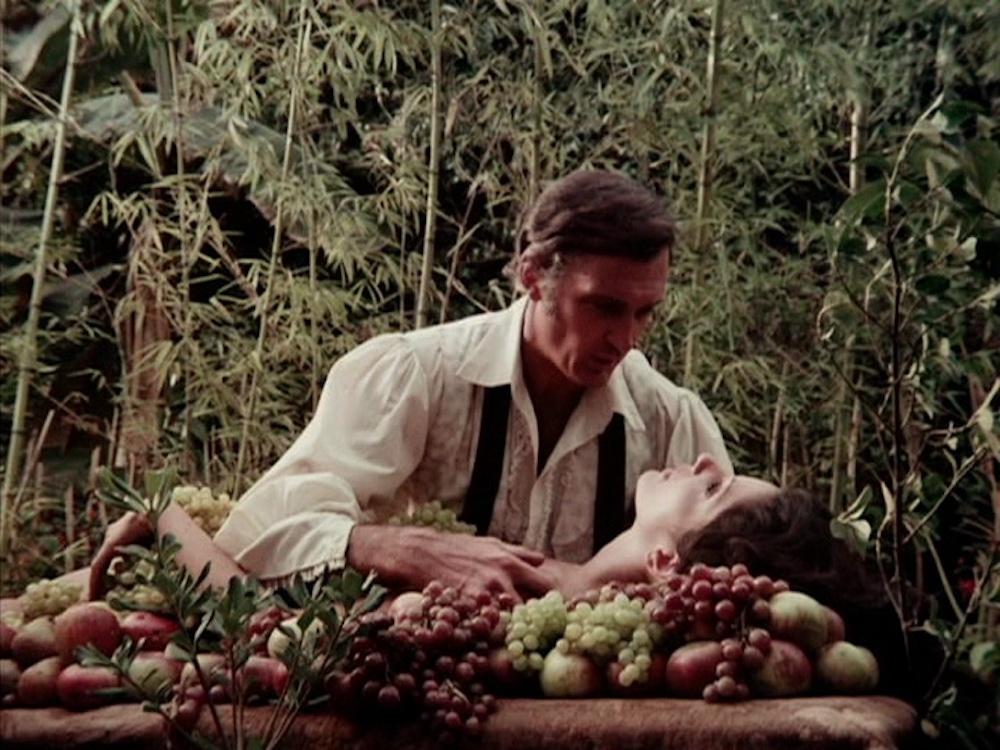
Other films based on “The System of Dr. Tarr and Professor Fether” include the 1915 silent French horror short Dr. Goudron’s System, the 1973 Mexican production La mansión de la locura (The Mansion of Madness), and the 2005 Czech production Lunacy.
“The Raven” (1845 poem)
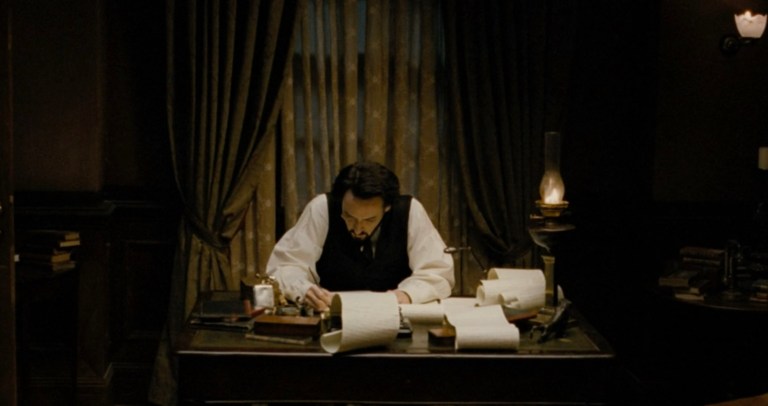
On a dark and miserable December night, the narrator—who recently lost his beloved Lenore—sits reading. After he falls asleep, a knock on the door abruptly awakens him, but when he answers the door, no one is there. He then opens a window, and a raven enters his abode. When he asks the raven its name, it says, “Nevermore.”
The best-known cinematic version of Poe’s most famous poetic work is 2012’s The Raven, a murder mystery starring John Cusack as Edgar Allan Poe. Film critic James Berardinelli wrote that “The Raven looks great and is well-paced, but a lack of a compelling resolution makes it an anemic effort.”
A highly successful movie that was indirectly based on “The Raven” was the 1994 film The Crow, which was based on the comic book of the same name, which itself was based on the Edgar Allan Poe poem. Actor Brandon Lee was killed on-set during a gun accident.
Other adaptations of “The Raven” include 1915’s silent feature The Raven, which is more of a biographical portrait of the author. It was also made into a 1935 Universal horror film starring Boris Karloff and Bela Lugosi and a 1963 Roger Corman feature starring Vincent Price and Boris Karloff.
“Annabel Lee” (1849 poem)

Back during childhood, “in a kingdom by the sea,” the narrator was deeply in love with a girl named Annabel Lee. But she was so pure and beautiful, he thinks the angels killed her out of spite.
Annabel Lee was a 1921 silent drama in which the title character dies of tuberculosis. It was also a 2009 feature film starring Kristen Hagen in the title role. A review on the blog site poe/after poe says, “Like many films based on Edgar Allan Poe’s works, Edgar Allan Poe’s Annabel Lee departs from the letter of the text. However, unlike most Poe films, Annabel Lee remains true to Poe’s spirit—to the themes of obsessive love, the tragic beauty of the untimely death of a young woman—and Annabel Lee captures Poe’s sensibility, particularly Poe’s ability to mix together in one story beauty and horror, suspense and humor, an exploration of the extremes of human behavior with subtle insights into human nature.”
“The Light-House” (1849)
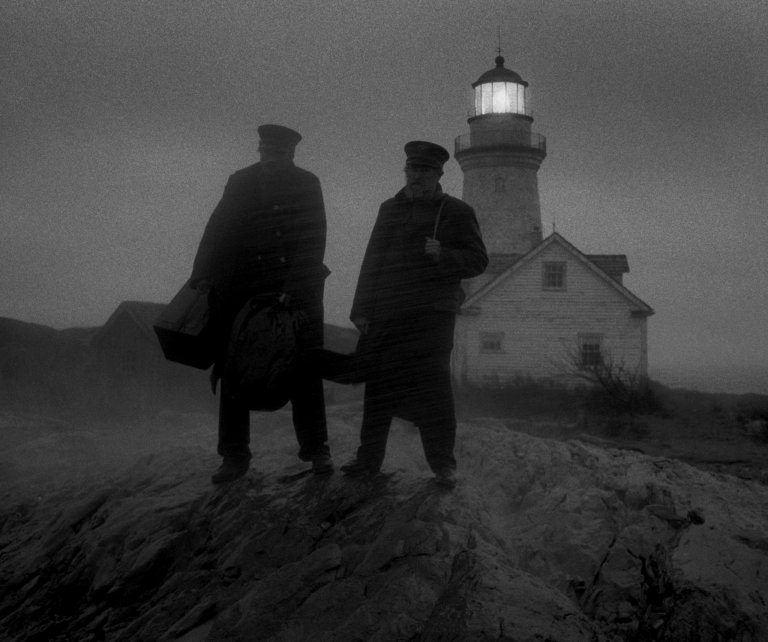
This is Poe’s last work. It was published his death unfinished—in fact, it was barely begun. It is written diary-style and is set off the coast of Norway in 1796. The narrator lives in a lighthouse but feels doom closing in around him.
The Lighthouse is a 2019 film starring Willem Dafoe and Robert Pattinson as two lighthouse keepers off the coast of New England in the late 1800s who struggle to hold onto their remaining scraps of sanity. A review in Slate says, “”‘The Lighthouse is at its strongest when it resembles the dark comedy of a [Samuel] Beckett play, complete with earthy scatological humor [but] the film sometimes seems funny in a different way […] in spite of the filmmakers’ intentions. Its effect on movie audiences is less spiritually corrupting [but] I found myself identifying with the stranded seafarers: I desperately wanted to get out.”
Films Based on Multiple Edgar Allan Poe Stories
The following films either weave multiple Poe stories into one narrative or present his horror tales one at a time in succession like an anthology.
- The Avenging Conscience (1914) also released as Thou Shalt Not Kill, this silent feature by legendary director D.W. Griffith (The Birth of a Nation) combines elements of “The Pit and the Pendulum” and “The Tell-Tale Heart” into a story about a man who contemplates murder when he is denied the object of his affection.
- Unheimliche Geschichten (1932) The title of this German horror/comedy translates into English as Scary Stories and combines Poe’s “The Black Cat” and “The System of Dr. Tarr and Professor Fether” alongside Robert Louis Stevenson’s short-story collection The Suicide Club.
- Maniac (1934) was also released as Sex Maniac and fuses themes from “The Black Cat” and “The Murders in the Rue Morgue” in this saucy pre-Code story whose advertising poster promised “THE TRUTH ABOUT LOVE FEARLESSLY TOLD.”
- Manfish (1956) was filmed in Jamaica and stars Lon Chaney in a story that melds themes from Poe’s “The Gold-Bug” and “The Tell-Tale Heart.”
- Tales of Terror (1962) is a Roger Corman film starring Vincent Price that weaves together plot devices from Poe’s “Morella,” “The Black Cat,” “The Cask of Amontillado,” and “The Facts in the Case of M. Valdemar.”
- Spirits of the Dead AKA Histoires extraordinaires (1968) is an anthology film with an all-star cast (Jane Fonda, Brigitte Bardot, and Alain Delon) split into three parts, each directed by a famous director: Poe’s Metzengerstein by Roger Vadim, William Wilson by Louis Malle, and a non-Poe story, Toby Dammit, by Federico Fellini.
- An Evening of Edgar Allan Poe (1970) actor Vincent Price recites four Poe stories: “The Tell-Tale Heart,” “The Sphinx,” “The Cask of Amontillado,” and “The Pit and the Pendulum.”
- Edgar Allan Poe’s Tales of Mystery & Imagination (1995) was a British TV series in which Christopher Lee narrated several adaptations of Poe classics such as “The Fall of the House of Usher,” “The Oval Portrait,” “Berenice,” “The Black Cat,” “Ligeia,” “The Cask of Amontillado,” “The Facts in the Case of M. Valdemar,” “The Tell-Tale Heart,” “Morella,” “The Pit and the Pendulum,” and “The Masque of the Red Death.”
- Tales of Poe (2014) is an anthology film based on “The Tell-Tale Heart,” “The Cask of Amontillado,” and the poem “Dreams.”
- Extraordinary Tales (2015) is a streaming video based on five of Poe’s stories (“The Tell-Tale Heart,” “The Fall of the House of Usher,” “The Masque of the Red Death,” “The Pit and The Pendulum,” and “The Facts in the Case of M. Valdemar”) that features voiceovers by Christopher Lee, Bela Lugosi, and Guillermo Del Toro.
